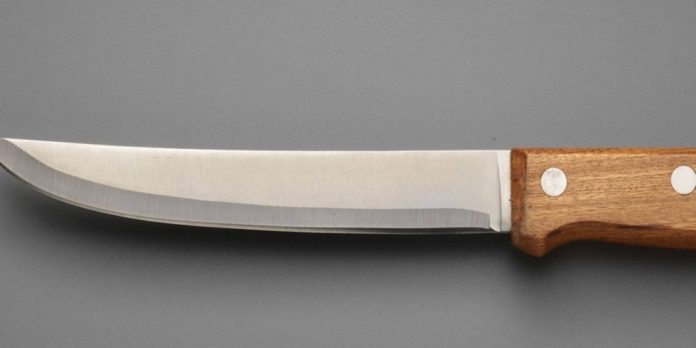A boning knife is an essential tool in every chef’s kitchen set because the boning knife has various uses in the kitchen ranging from preparing meat to fruit preparation and baking purposes. Hence, a tool with such importance requires proper care to keep the tool functioning properly for an extensive period.
This article highlights why a chef should properly care for the boning knife and how to care for the boning knife properly.
The Boning Knife
The boning knife is a type of knife that the chef uses to prepare meat. It possesses specific features that make it an ideal tool in skinning meat, removing fat from meat, dicing meat or fish, and removing rinds off fruits. Some of the features are:
- Thin blade: the blades of boning knives are thin, although not thinner than the blades of filleting knives.
- Possess a pointed tip for piercing through the meat.
- Flexible: The blades of the boning knife are designed to be rigid, so they can easily handle tough cuts but flexible enough to produce neat and precise cuts. However, the blades of boning knives are not as flexible as the blades of filleting knives.
What Is The Boning Knife Made From and Why?
The materials that are used in making boning knives are mostly stainless steel and carbon-based steel. The most used material is carbon-based steel, although this material easily reacts to oxidation. It is preferred because it can stay sharp for long periods. While stainless steel is less reactive to oxidation, it can not maintain its sharpness for extended periods. Another reason carbon-based steel is mainly used is that it is softer than stainless steel and thus, retains the flexible property needed for a boning knife.
How to Properly Care For a Boning Knife
- Handling the knife with respect: This applies to every chef. The boning knife should be handled with caution and care to prevent the knife’s blade from breaking.
- Ensure the knife is always clean: After every use, the chef should clean the knife thoroughly to maintain the blade’s sharpness.
- Ensure to keep the knife sharp: Sharper knives are easier to work with and produce better results in the kitchen. Hence, the chef should acquire good sharpening and honing skills for sharpening the boning knife’s blade.
- Using a suitable cutting surface: The kind of surfaces used for cutting can affect the knife’s performance. Metal, glass, or marble surfaces dull and damage the blade of a boning knife.
- Adopt proper storage methods: Carelessly keeping boning knives after every use will result in the blades rusting or getting dull. This is because of the material used in making the blades. The chef should properly store the boning knife after every use.
Ways Of Storing A Boning Knife
- Using a magnetic wall strip
- Using countertop docks
- Using in-drawer docks
- Using knife bags
Cleaning A Boning Knife.
- For Carbon-based steel blades: Use damp cotton clothing to clean the knife after every use.
- For stainless steel: Pass the knife’s blade under running water and dry with a clean, dry cloth.
Conclusion
A boning knife that is properly cared for will serve the chef for an extended period, delivering quality, neat, and precise cuts for every job it performs. The steps listed above will help you take good care of your boning knife.

